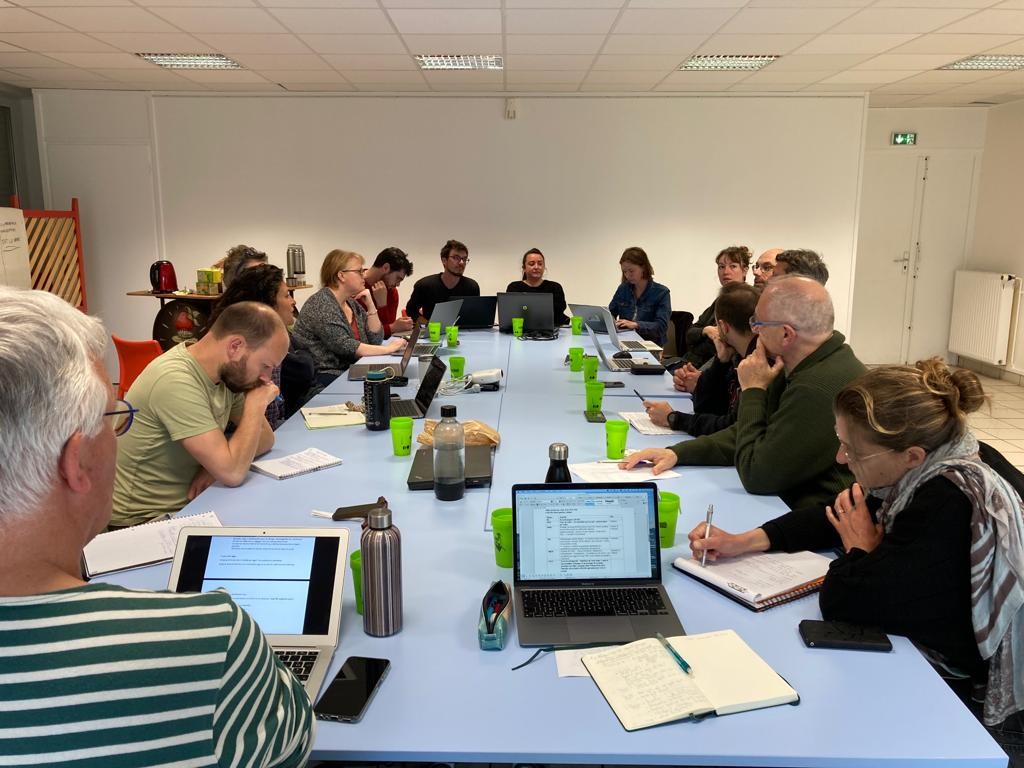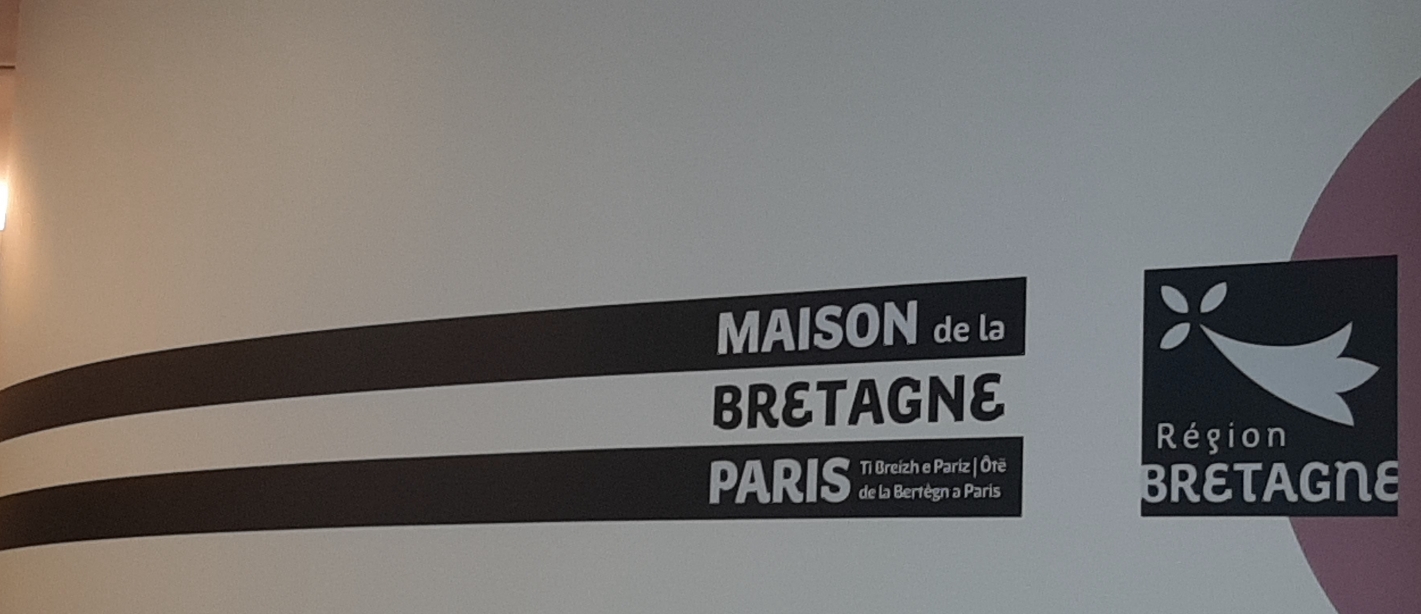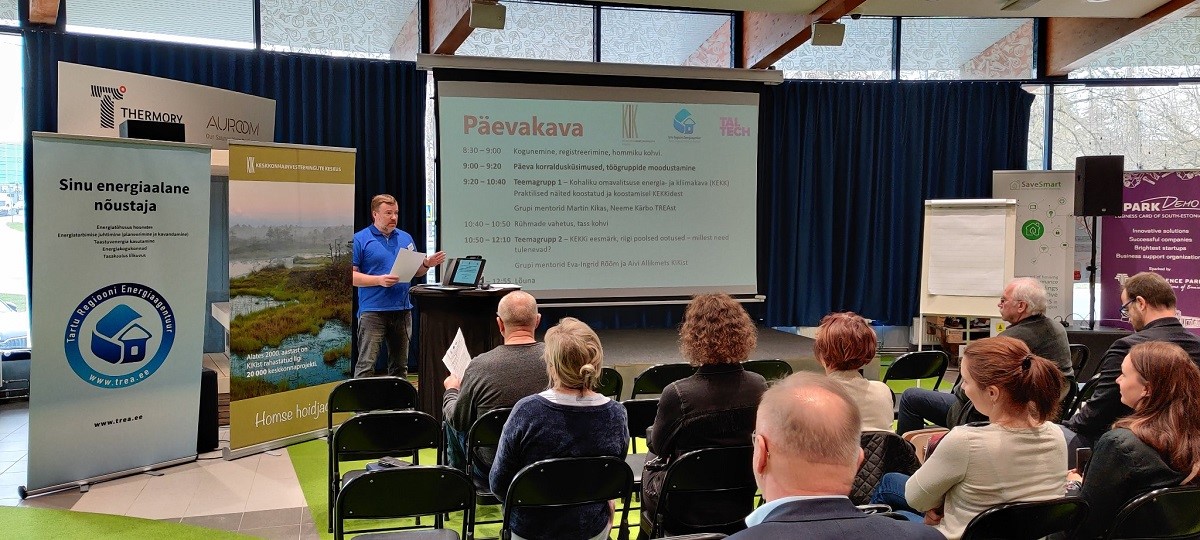What does “energy transition” mean for your city? What is the current status and what are the future goals?
The City of Ostrava has been a member of the Covenant of Mayors since 2011 and has committed to CO2 savings of 20 % of its 2000 production by 2020 through its Sustainable Energy Action Plan (SEAP), but has already reduced its production by 34.39 % in 2015. Subsequently, in 2017, the City committed with the Sustainable Energy and Climate Action Plan (SECAP) to reduce CO2 production by 40 % by 2030 and to increase city's resilience to climate change through adaptation measures.
In line with our currently formulated vision in Strategic Development Plan of City of Ostrava, we are now planning to commit to a 55% reduction in CO2 emissions by 2030 primarily through:
● promoting transition from fossil fuel combustion to possible alternatives, including industrial sector
● ecologization of existing buildings owned by the city to reduce their energy consumption (solar energy, building insulation, smart solutions)
● ecologization of public transport
● shifting towards EVs
● promoting hydrogen mobility
● processing of municipal solid waste for production of solid alternative fuels or other energy.
POTEnT is about localizing energy transition: how can local governments communicate more effectively and involve citizens and stakeholders on climate and energy issues? Do you have any successful example to share?
The City of Ostrava has extensive experience in involving citizens in decision-making and planning processes. More than 20,000 people, in addition to the municipality itself, experts and personalities, participated in the Ostrava City Strategic Development Plan 2017-2023. Anyone can still get involved in the planning and development of Ostrava by submitting a proposal.
This year, for the second time, a survey was conducted among citizens using emotion maps of Ostrava. This time the survey has been extended by a poll and questions on urban energy topics such as: use of renewable energy sources, increasing requirements for air conditioning in buildings, reconstruction and modernisation of existing city-owned buildings with the aim of energy savings, smart energy, use of alternative drives in transport, charging stations for electric vehicles, projects focused on use of hydrogen in transport and industry, education and advisory programmes for public and property owners.
The results showed, among other things, that majority of respondents welcome and support the modernisation of existing public buildings to achieve energy savings, as well as support for low-emission public transportation vehicles.
A recent Dissemination Event within POTEnT focused on the Sustainable Energy and Climate Action Plan (SECAP) in Ostrava was also successful. Public discussed topics such as low emission zones in European city centres, number of parking spaces in the city, park and ride concept and traffic situation in Ostrava. City representatives also discussed possibilities of photovoltaic panels on public buildings, community energy within city districts, charging stations or energy island options within local communities or central heating supply system versus individual energy mix choice.
POTEnT will end next year: what has the cooperation with the other partners brought you so far? Which good practices are you willing to import in your RAP?
As part of interregional learning processes and transfer of good practice, we have participated in number of study visits. The visit to Milton Keynes was very beneficial, demonstrating principles of energy management and in particular monitoring city's carbon footprint and billing management system that addresses the needs within the city's structure and its constituent organisations. This good practice has created a robust conceptual picture of the required functionalities for a similar software tool - a system that should be implemented within City of Ostrava and thus become an important part of our Regional Action Plan (RAP).
A second action that will be included in our RAP is the study on use of photovoltaics on buildings owned by the city. City of Ostrava doesn’t have many renewable energy sources on its properties yet. Specific homes for the elderly, a long-term care facility, a city hospital, and more are being discussed for the study. In this context, the study visits organised by ALOEN, Parma, Stadtwerke Ettlingen and the Regional Community of Navarra were interesting for us.
The visits to Swedish project partners were also inspiring, with a virtual tour of the energy company of Växjö, a city that is completely independent of fossil fuels in its energy mix since 2020. City of Ostrava operates a similarly large heat source on its territory, which will need to be technologicallly renewed with Czech Republic's move away from coal.







